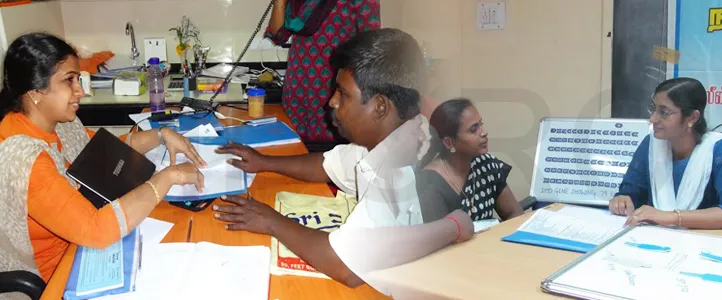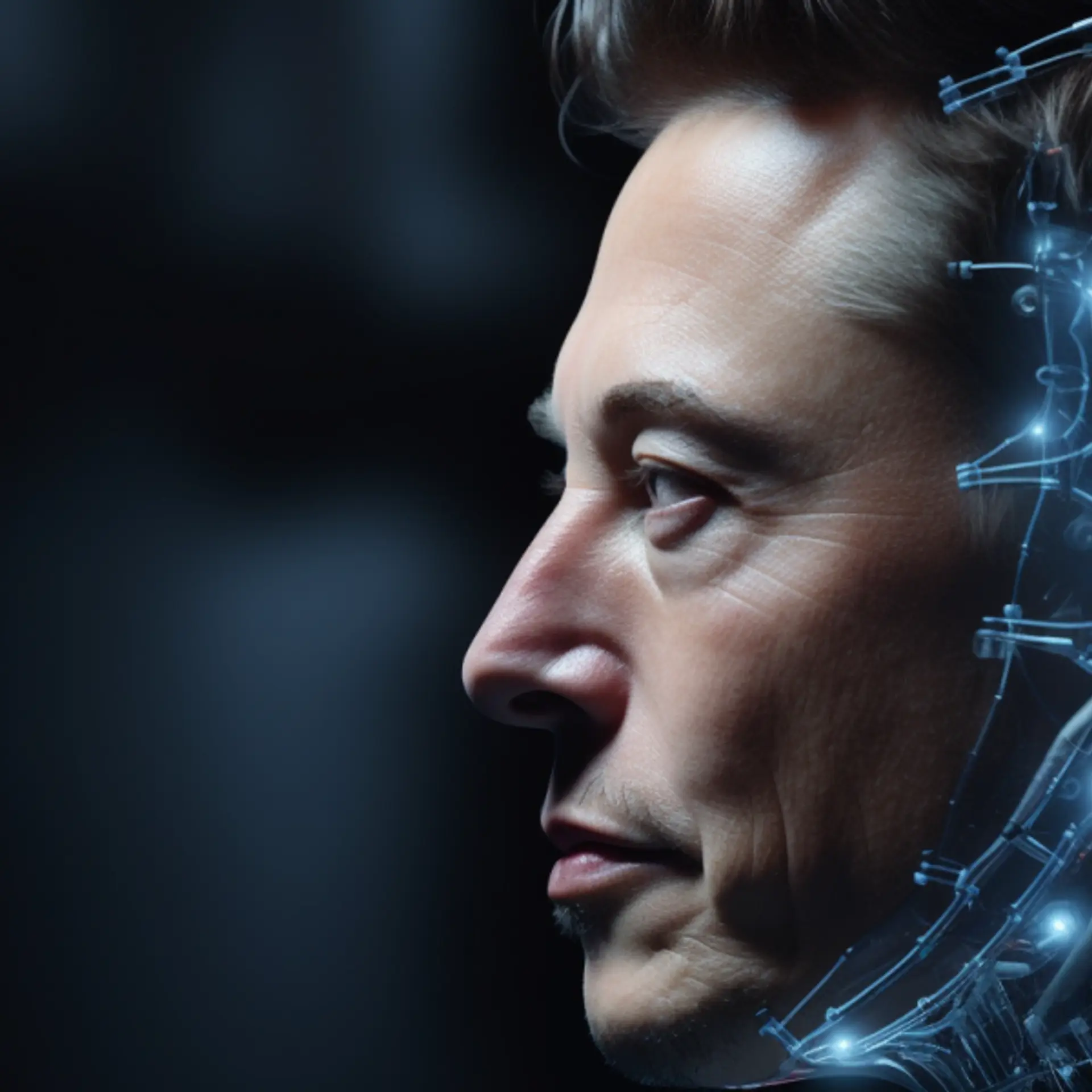There is no point in science if it doesn’t reach the community: Lakshmi, Founder of MDCRC

During the Health 2.0 Conference held recently, we had the chance to speak with different role models who are shaping the healthcare sector in India. While a lot of them are focusing on improving the status of the sector with the use of technology, some others are fighting terrible and rare diseases. B.R. Lakshmi, Founder and Director of Molecular Diagnostics, Counselling Care and Research Centre (MDCRC), is one such inspiring individual.
In a interview in Health 2.0, she told us, “I’m a PhD holder from IIT Madras in Bio chemistry and genetics. I was very interested in community work too because I was always taught that there is no point in pursuing science if it doesn’t reach the community. After working in Singapore, and for the World Bank in the US, I got a proposal to work for a project on muscular dystrophy. That’s how everything started. We began working at the diagnostic level thanks to a Dutch grant that was financing us and we were one of the 20 sites in the world that had access to these funds. At that time I didn’t know much about the disorder and I initially collaborated with a US doctor who invited me to his lab to study it better. I was not aware of the intensity of the problem in the country and what started as a diagnostic enquiry became something more,” says Lakshmi.
In the healthcare sector knowing more about the disease you are working on is very important since it can drive towards solutions. “We discovered two important things: knowing the mutation is very important, because different mutations can bring different solutions. In the future, we should be able to know which kids benefit from this therapy with a click of a button. We also found that it mostly affects boys. Identifying the mutation also plays a role of prevention because understanding it in the child can lead us to understand it better in the mother,” adds Lakshmi.
Once the grant was over, they received outstanding results but they didn’t want to give up on their work. “After four years, we diagnosed 500 patients and the grant was coming to an end, so we asked ourselves ‘what’s next?’. The Sundra Medical Foundation along with some experts was discussing about it and I proposed an idea of a university that could serve the community. They agreed and they gave me the facilities to build a centre in a village,” says Lakshmi.
Muscular dystrophy mostly affects children. “Till the age of three, the child is completely normal, then the first symptom shows up when the child falls often, followed by a low appetite. By the time the child is taken to a neurologist paediatrician, he is five years old. At that time we do the molecular diagnosis in which we can tell if he has dystrophy or not. We also counsel the family at this stage. Our database has crossed 3500 children. We offer a very holistic care under one roof. In 2011, we started the national rural health mission. There we understood that the number in India is probably much more than what we think. Indian Council of Medical Research has come forward to give us a centre for advance research of neuromuscular disorders and we are also setting up a model registry for the country,” says Lakshmi.
Lakshmi also shared with us the importance of events like Health 2.0. “I came to know about Health 2.0 because James Mathews, Chairman of Health 2.0 India, is my neighbour. I came most for networking and when I explained my work a lot of people came forward to help. As I said, empathy is a great component of healthcare, but technology is the other. And here I can find both. Moreover, I also got the healthcare achievement award : all my team and family deserve it the most. Nothing can be done alone,” adds Lakshmi.







